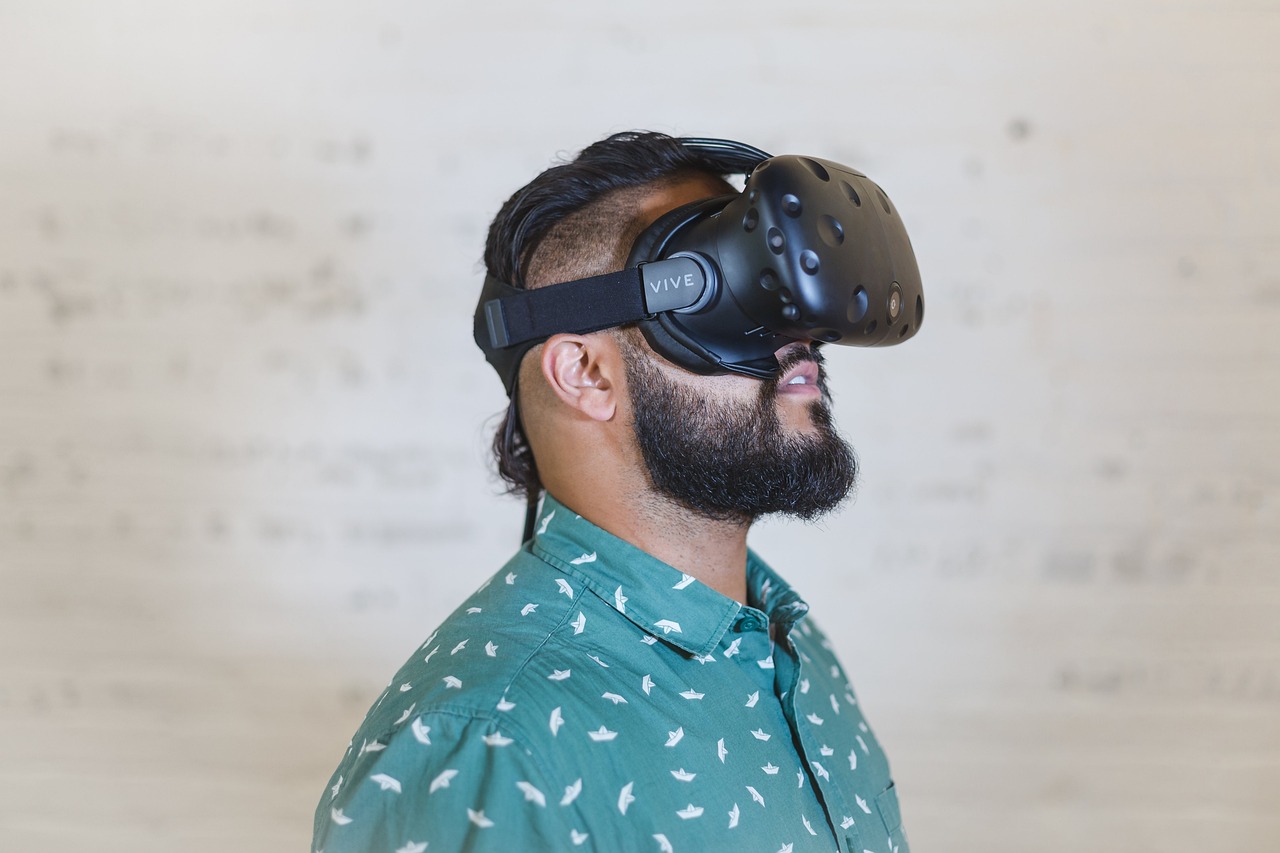OTAN News
Is Virtual Reality an Adult Education Reality?
 Image by StockSnap from Pixabay
Image by StockSnap from Pixabay
Author Erin Vobornik defines Virtual Reality (VR) in her article, Is Virtual Reality an Adult Education Reality, as a "range of technologies" which transports users from their "immediate physical surroundings to a virtual" one without moving at all. The article argues adult education needs technology like VR for equitable access to vocational learning environments and access.
VR requires special goggles and hand controllers which can be expensive. The exploration and interaction are dependent upon the hardware and most include goggles and hand controllers. Goggles allow for an immersive environment of the 3D graphics in the program Equipped with movement sensors, most goggles enable the user to look around the virtual world as in the real one. The virtual world changes with the turn of a head or step. The hand controllers provide the interaction with the virtual surroundings and navigation menus. Realistically, the cost of goggles, hand controllers, and the subscription to use them, may be out of reach for Adult Education programs. However, Vobornik argues the investment is worth it. "VR allows learners to engage in an interactive learning environment regardless of common barriers such as transportation, health, caregiver responsibilities, social anxiety, and level of English language proficiency." This kind of technology enables adult learners to experience field trips, careers in manufacturing and health care without the obstacle of work and family responsibilities.
Unfortunately, expense is an issue for any agency, so Vobornik provides less expensive alternatives by leveraging the tools which already exist. While not at immersive as goggles, a smart phone or computer has the "ability to replicate a virtual experience through 360-degree videos and images."
| 360° Video/Image | Phone + Goggles | Standalone Goggles | Goggles + Computer |
|---|---|---|---|
| Existing Phone or Computer $0 | Existing phone + cardboard/cheap goggles $5-30 | Oculus Quest 2 $299 starting price | Oculus Rift $599
HTC Vive $799 |
| No hidden costs | No hidden costs; can upgrade certain apps for a fee (but not required) | Most career-focused apps require a subscription; Requires a Facebook account | Requires a compatible computer and a subscription |
| Not immersive | Not very immersive | Immersive + great graphics | Immersive + AMAZING graphics |
Students gain a 360-degree perspective using videos and images like this 360-Degree Image. With this image, adult learners can be exposed to a work environment or shared experience without leaving the classroom. Additionally, videos allow for some 360-degree explorations like this one produced by Canada’s Learning Partnership: Design Your Career at AV Gauge (360 Video)
Vobornik suggests the following can be adapted in an adult education context:
- Field Trips
- Workplace Environments
- Rich Contexts for a Shared Experience
For further information about exploring 360-degree video options for the classroom and for other tools and resources, read the full article.
Full Article: Is Virtual Reality an Adult Education Reality?

